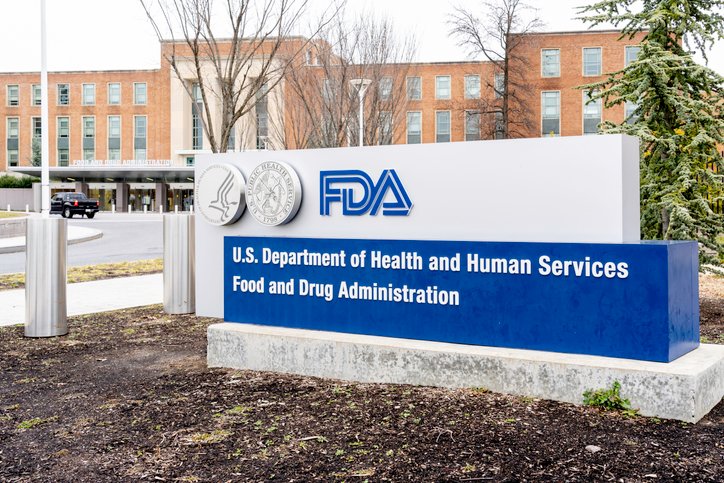
In a significant move toward improving food safety, the U.S. Food and Drug Administration (FDA) has announced the revocation of its authorization for FD&C Red No. 3, a widely used synthetic food dye, in food and ingested drugs. This decision comes in response to a 2022 petition requesting a review of the dye’s safety based on its potential to cause cancer in laboratory rats. The FDA’s action is grounded in the Delaney Clause, a part of the Federal Food, Drug, and Cosmetic Act (FD&C Act) that prohibits the approval of food additives shown to cause cancer in humans or animals.
The Role of the Delaney Clause
The Delaney Clause, enacted in 1960, represents a key provision in U.S. food safety regulations. It mandates that the FDA cannot approve any food or color additive that has been found to cause cancer in humans or animals. The FDA’s decision to revoke FD&C Red No. 3’s approval marks the latest in a series of actions based on this law. This move is not unprecedented; in 2018, the FDA revoked the authorization for certain synthetic flavors also due to cancer risks identified in animal studies.
The petition to reconsider the use of FD&C Red No. 3 cited two studies that demonstrated cancer in male rats exposed to high levels of the dye. However, it is important to note that the cancer effects observed in rats are linked to a specific hormonal mechanism in male rats, which does not occur in humans. While these findings raised concerns about the dye’s safety, studies involving humans and other animals did not indicate similar cancer risks. Despite this, the FDA is required by law to act based on the Delaney Clause whenever a substance is shown to cause cancer in animals, regardless of its relevance to humans.
FD&C Red No. 3 in Food Products
FD&C Red No. 3, also known as erythrosine in other countries, has been a common ingredient in foods like candies, cakes, cupcakes, cookies, and frostings, as well as certain drugs. However, the FDA has noted that its use is less widespread compared to other certified colors in food products. The dye will no longer be permitted in food and ingested drugs, but manufacturers have until January 2027 for food products and until January 2028 for drugs to reformulate their products to comply with the new regulations.
Alongside the decision regarding FD&C Red No. 3, the FDA is also amending its regulations on synthetic flavoring substances. Based on evidence presented in a separate petition, the agency is revoking the approval of seven synthetic flavoring substances and enhancers that have been linked to cancer in animal studies. Among the affected substances are benzophenone, ethyl acrylate, and methyl eugenol. While the FDA has determined that these substances do not pose a risk to public health at the low levels typically used in foods, the evidence presented by petitioners regarding cancer in animals led to the revocation of their approval as a matter of law.
What’s Next for Food Manufacturers?
Food manufacturers who currently use FD&C Red No. 3 in their products will need to adjust their formulations to comply with the new regulations. For other synthetic flavoring substances, manufacturers will have up to 24 months from the publication of the new rules to find suitable replacements and reformulate their products. The FDA has emphasized that this move will not affect the legal status of “natural flavors,” as they have a natural counterpart and are not impacted by the new regulations.
While FD&C Red No. 3 is being banned in the U.S., other countries still allow its use in food products. However, any food imported into the U.S. must comply with American food safety regulations, meaning these products will need to adhere to the new standards. The global approach to food additives and colorings varies, but this decision underscores the FDA’s commitment to ensuring that additives in the U.S. food supply meet the highest safety standards.


